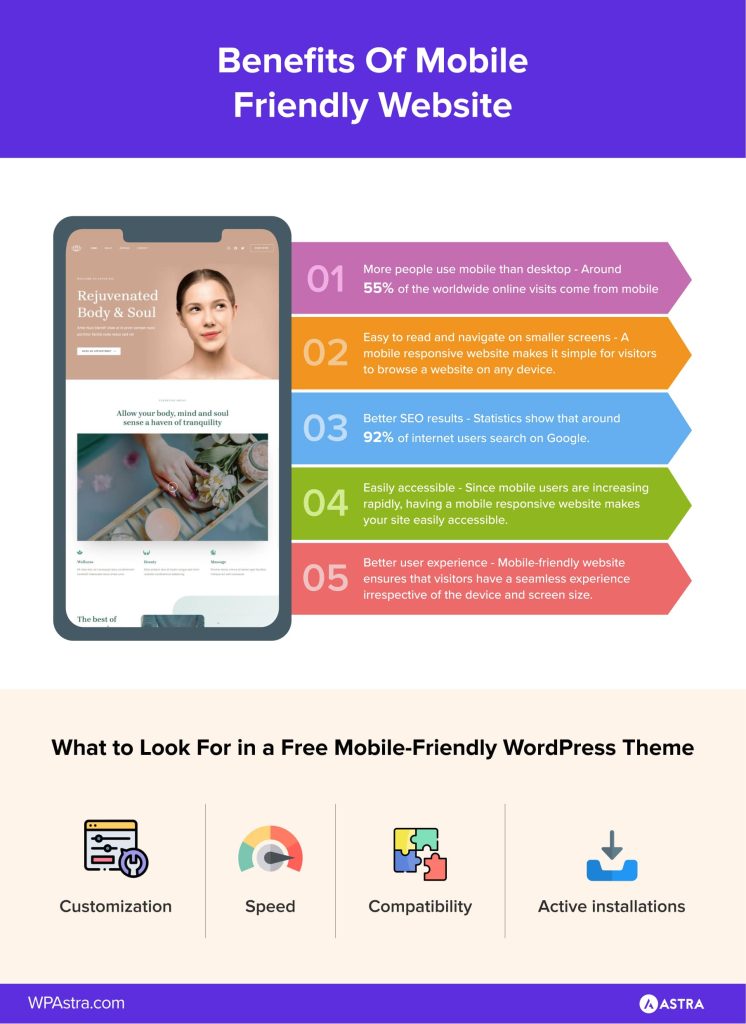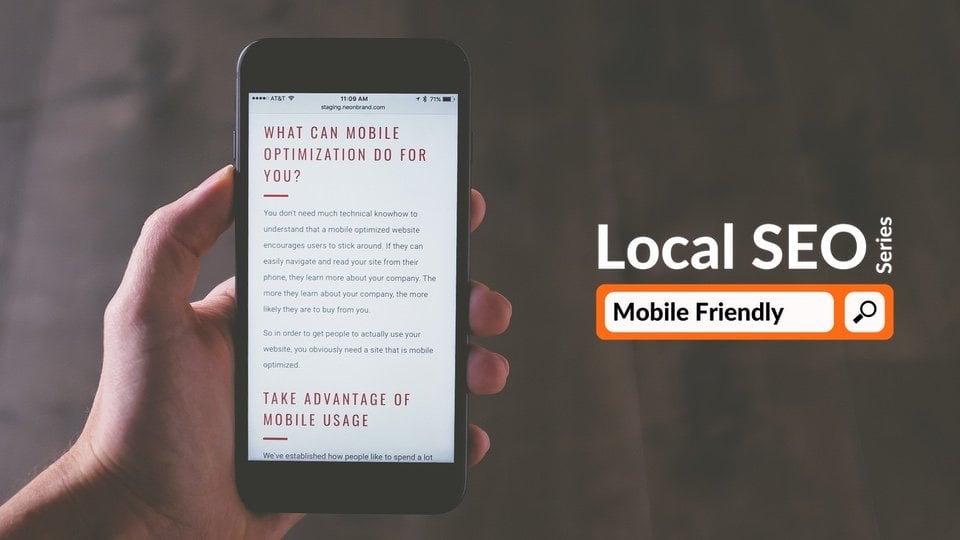Attain Peak Performance with Data-Driven Mobile Optimization
Attain Peak Performance with Data-Driven Mobile Optimization
Blog Article

The Ultimate Overview to Mobile Optimization: Strategies for Enhancing Website Efficiency on Smartphones and Tablets
The techniques for boosting web site efficiency on mobile systems go past simple adaptation; they encompass an extensive technique that involves responsive style, rate optimization, web content techniques, and user experience enhancements. By delving into the ins and outs of mobile optimization, organizations can not only meet user expectations yet also remain in advance in a competitive electronic landscape.
Relevance of Mobile Optimization
Mobile optimization plays a pivotal function in enhancing customer experience and driving conversion rates in the ever-evolving electronic landscape. With the enhancing usage of smart devices and tablet computers for browsing the net, making certain that websites are optimized for mobile gadgets has actually become critical for services - Mobile Optimization. A mobile-optimized site not only adjusts effortlessly to various display dimensions however additionally loads promptly, offering individuals with a smooth and delightful searching experience
In today's fast-paced world, customers anticipate instant accessibility to information on the go. An internet site that is not optimized for mobile tools dangers losing potential consumers due to slow filling times or a bad individual interface. By purchasing mobile optimization, companies can provide to the requirements of their mobile audience, bring about greater involvement and enhanced conversions.
In addition, search engines like Google prioritize mobile-friendly websites in their positions, making mobile optimization important for improving presence and attracting natural website traffic. Mobile Optimization. On the whole, the significance of mobile optimization can not be overemphasized, as it straight impacts customer complete satisfaction, conversion rates, and total business success in the electronic world
Responsive Layout Methods
Carrying out receptive design methods makes sure that web sites dynamically readjust their format and web content based on the user's device display dimension, providing a consistent customer experience across numerous systems. Among the most usual approaches utilized in receptive style is creating fluid grids that enable content to resize proportionally to the display size. This makes certain that components on the web page keep their family member spacing and plan, enhancing the viewing experience for users on different tools.
Additionally, using flexible photos that can scale with the size of the viewport helps stop pictures from being chopped or distorted on smaller screens. CSS media questions play a vital function in responsive design by permitting developers to use certain designs based on the tool qualities such as screen width, elevation, and positioning. By leveraging media questions, web sites can adapt their layout and design to fit smartphones, tablet computers, and desktop screens perfectly.
Including receptive layout strategies not just boosts user experience but additionally adds to improved internet search engine rankings, as search engines like Google focus on mobile-friendly internet sites in their mobile search results. By embracing receptive style, internet sites can accommodate the diverse demands of individuals accessing material on a selection of devices, inevitably driving interaction and conversions.
Rate and Performance Optimization

One secret technique is enhancing images and multimedia web content to lower documents sizes without endangering high quality. Pressing images, leveraging modern-day photo layouts like WebP, and lazy loading offscreen images are efficient methods to quicken load times (Mobile Optimization). Minimizing HTTP demands, leveraging web browser caching, and minimizing web server feedback times are crucial steps in improving efficiency.
Applying a material shipment network (CDN) can likewise significantly improve website rate by dispersing web content throughout multiple web servers internationally, reducing latency for customers accessing the site from various areas. Prioritizing essential above-the-fold content and deferring non-essential scripts can further enhance perceived efficiency. By focusing on rate and efficiency optimization, internet sites can deliver a seamless and rewarding individual experience on smart phones.
Mobile-Friendly Material Approaches
To maximize web content for mobile tools, it is vital to focus on readability and interaction through critical formatting and concise messaging. Mobile-friendly web content approaches involve customizing the discussion of information to suit the smaller sized displays and on-the-go nature of smartphone and tablet computer customers. One key facet is to make certain that text is conveniently legible without the demand for focusing, utilizing font dimensions that are understandable on mobile screens. Furthermore, breaking up material into much shorter paragraphs and utilizing bullet points can assist improve readability and make it much easier for customers to consume details rapidly.
Incorporating engaging visuals, such as pictures and video clips optimized for mobile viewing, can also improve the general individual experience. These visuals ought to be relevant, high-quality, and load rapidly to stop individuals from wearying. In addition, incorporating interactive elements like quizzes, surveys, or surveys can increase user involvement and motivate energetic participation.
User Experience Enhancements
Building on the foundation of mobile-friendly web content techniques, boosting customer experience entails maximizing every touchpoint to guarantee seamless communication and check out here satisfaction for mobile customers. One vital element of boosting user experience on mobile devices is making sure quickly loading times. Individuals expect web sites to fill swiftly on their mobile phones and tablet computers, and any kind of delays can lead to stress and enhanced bounce rates. Applying receptive style is one more key variable in boosting user experience. Receptive design makes certain that web sites adapt to numerous display dimensions and resolutions, providing a consistent and user-friendly experience throughout various devices.
In addition to speed up and responsive design, streamlining navigation is crucial for a favorable individual experience. Clear and intuitive navigation menus, noticeable search bars, and strategically put call-to-action switches can assist individuals quickly locate what they are trying to find on a mobile site. Maximizing types for mobile customers by lessening the variety of areas and using auto-fill attributes can likewise improve the total individual experience. By concentrating on these user experience improvements, websites can successfully engage and maintain mobile site link visitors.
Final Thought
In final thought, mobile optimization is vital for improving site efficiency on smart devices and tablet computers. By implementing responsive layout strategies, optimizing speed and performance, developing mobile-friendly content, and boosting individual experience, services can properly get to and engage with their mobile target market. It is essential for internet sites to adjust to the enhancing mobile usage trends in order to continue to be affordable in the digital landscape.
Report this page